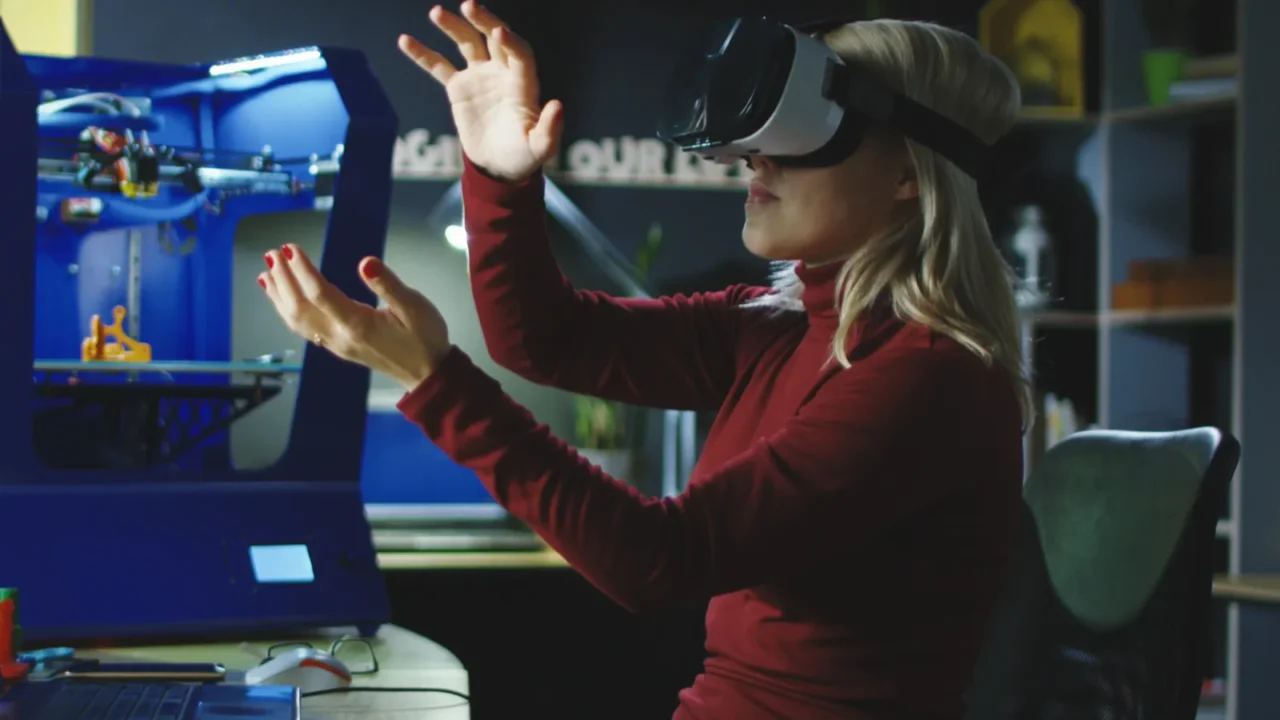
Ready to Tech-Up Your Designs?
Ever walked into a room and thought, “Wow, this place feels like the future.” That’s the magic of blending technology with interior design. Gone are the days of just picking paint colors and fabrics now, it’s about integrating smart solutions that make spaces not only beautiful but also insanely functional.
In this journey, we’ll dive into the coolest tech trends transforming interiors, from AI-driven design tools to immersive virtual reality experiences. Get ready to see how tech can spice up your design game and leave your clients saying, “how did you do that?”
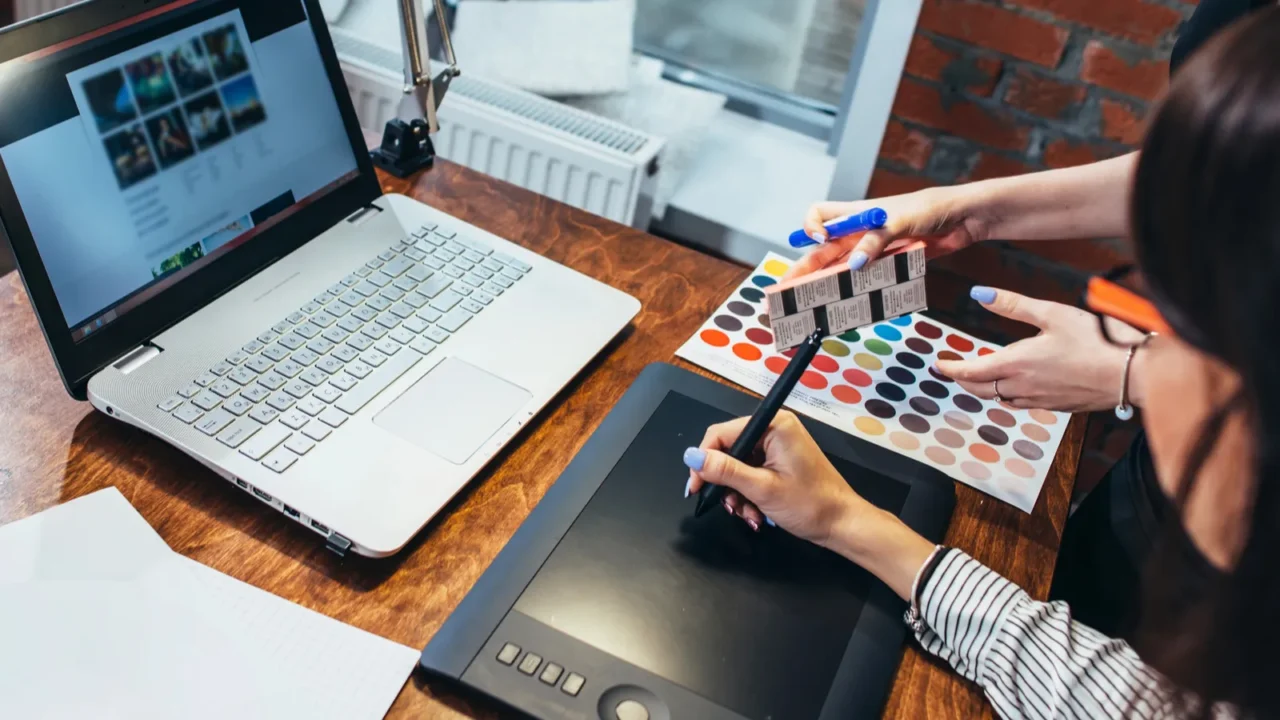
AI, Your New Design Assistant
Imagine having a super-smart buddy who knows all the latest design trends and can whip up personalized recommendations in seconds. That’s AI for you! Tools powered by artificial intelligence can analyze vast amounts of data to suggest layouts, color schemes, and even furniture placements tailored to your client’s preferences.
By embracing AI, you’re not replacing your creativity but enhancing it. Think of it as having a co-pilot who handles the nitty-gritty, allowing you to focus on the big, bold ideas. Plus, clients love the quick turnarounds and personalized touch.
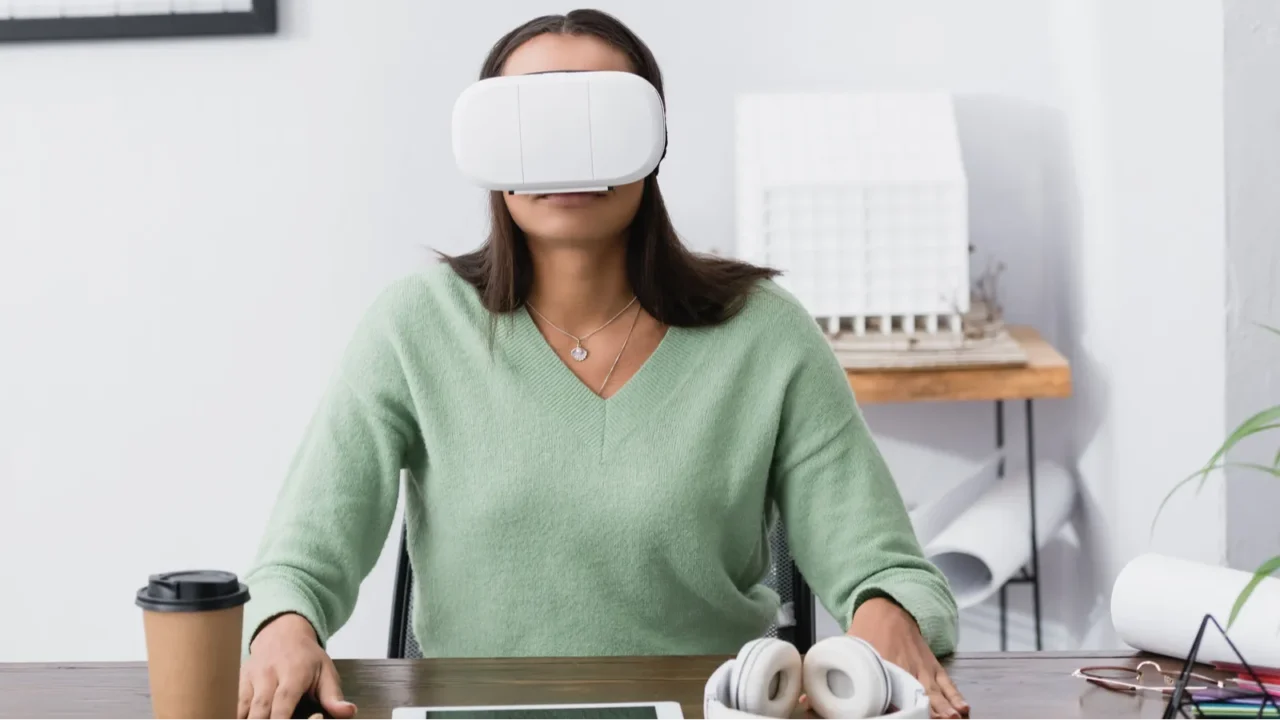
Try Before You Buy
Remember when clients had to rely on sketches and mood boards to visualize designs? Now, with virtual reality (VR), they can walk through their future space before a single nail is hammered. Strap on a VR headset and boom, you’re immersed in a 3D rendering of the design.
This tech not only wows clients but also helps in spotting potential issues early. It’s like a dress rehearsal for interiors, ensuring everyone is on the same page and reducing costly changes down the line. Plus, it’s just plain cool.
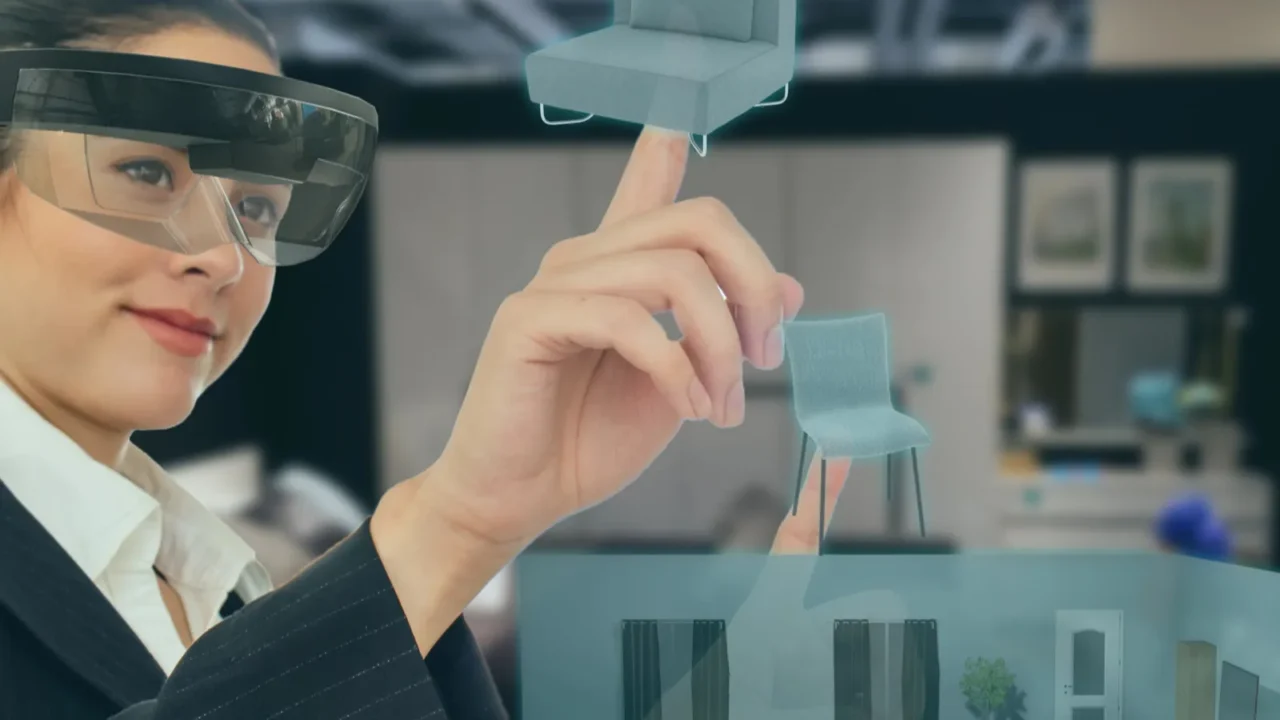
Designing in Real-Time
Ever wished you could see how that chic sofa looks in your living room without hauling it in? Augmented reality (AR) makes it possible. By overlaying digital elements onto the real world through your smartphone or tablet, AR allows you to visualize furniture, decor, and layouts in your actual space.
This means making design decisions becomes interactive and fun. Clients can see options in real-time, leading to quicker approvals and fewer second guesses. It’s like having a magic lens that shows the future of your space.
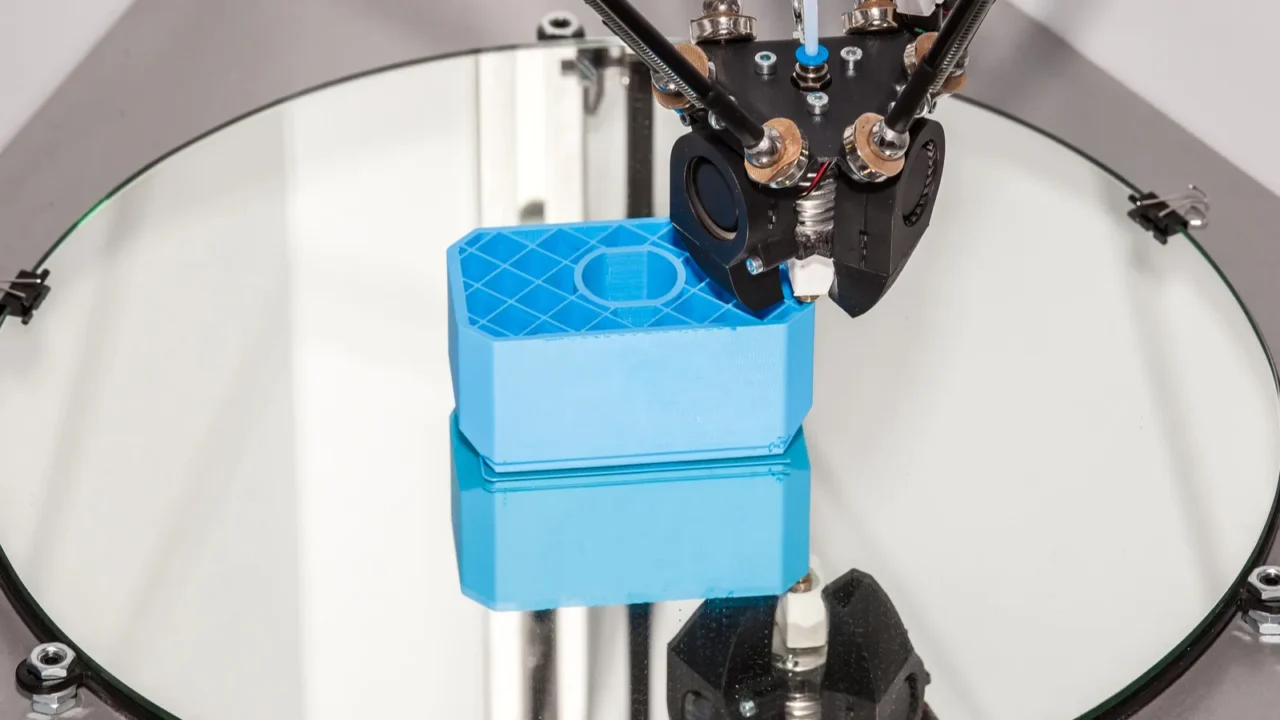
3D Printing, From Concept to Reality
Imagine sketching a custom light fixture in the morning and holding it in your hands by evening. That’s the power of 3D printing. This technology allows designers to create bespoke pieces, from furniture to decor, with precision and speed.
Not only does this open up a world of customization, but it also reduces waste by using only the necessary materials. Plus, it adds a unique touch to your designs, setting them apart from the cookie-cutter options out there. Clients will love the exclusivity.
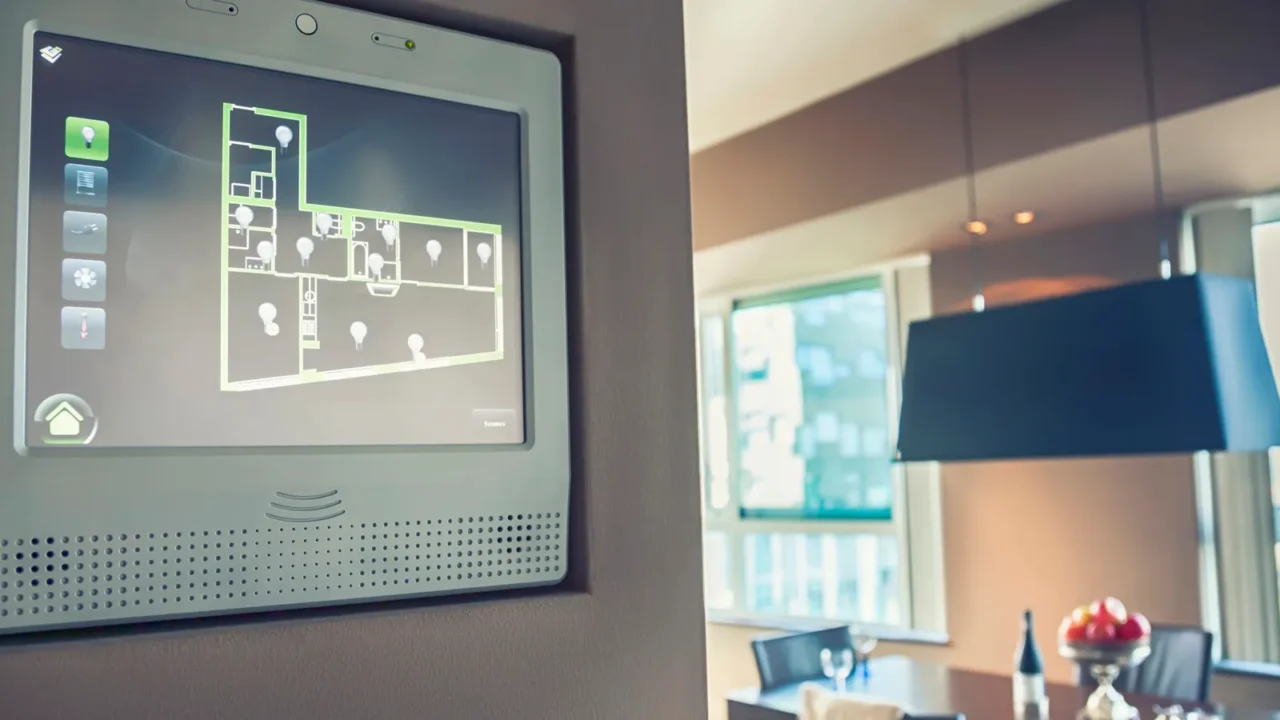
Smart Home Integration
Designing a space isn’t just about aesthetics, it’s about how it works. Integrating smart home technology like lighting systems that adjust based on the time of day or voice-activated assistants, adds a layer of convenience and modernity to your designs.
Clients are increasingly looking for spaces that not only look good but also make life easier. By incorporating these technologies seamlessly into your designs, you’re creating environments that are both beautiful and functional. It’s the best of both worlds.
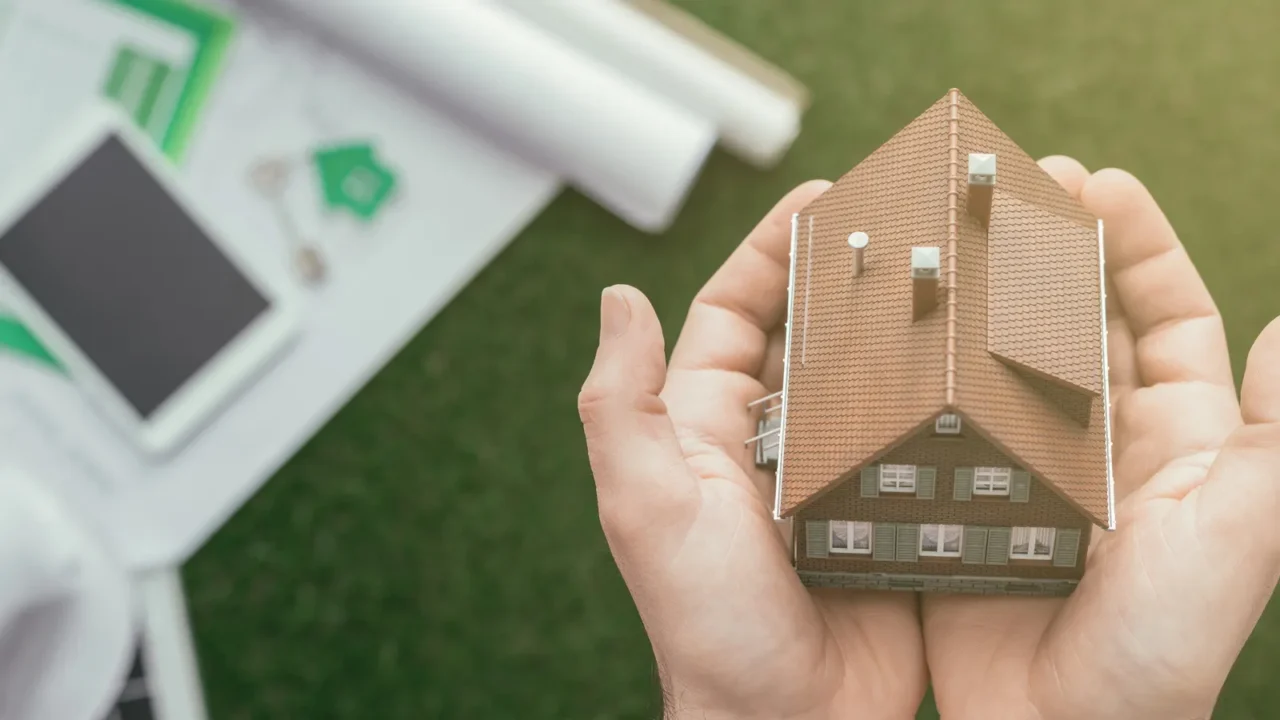
Sustainable Tech
Going green is more than a trend, it’s a responsibility. Leveraging technology to create sustainable designs like using energy-efficient appliances or materials that reduce carbon footprints shows clients you’re forward-thinking and care about the planet.
Plus, sustainable designs often lead to cost savings in the long run, making them a win-win. Clients get beautiful, eco-friendly spaces, and you get the satisfaction of contributing positively to the environment. It’s design with a conscience.
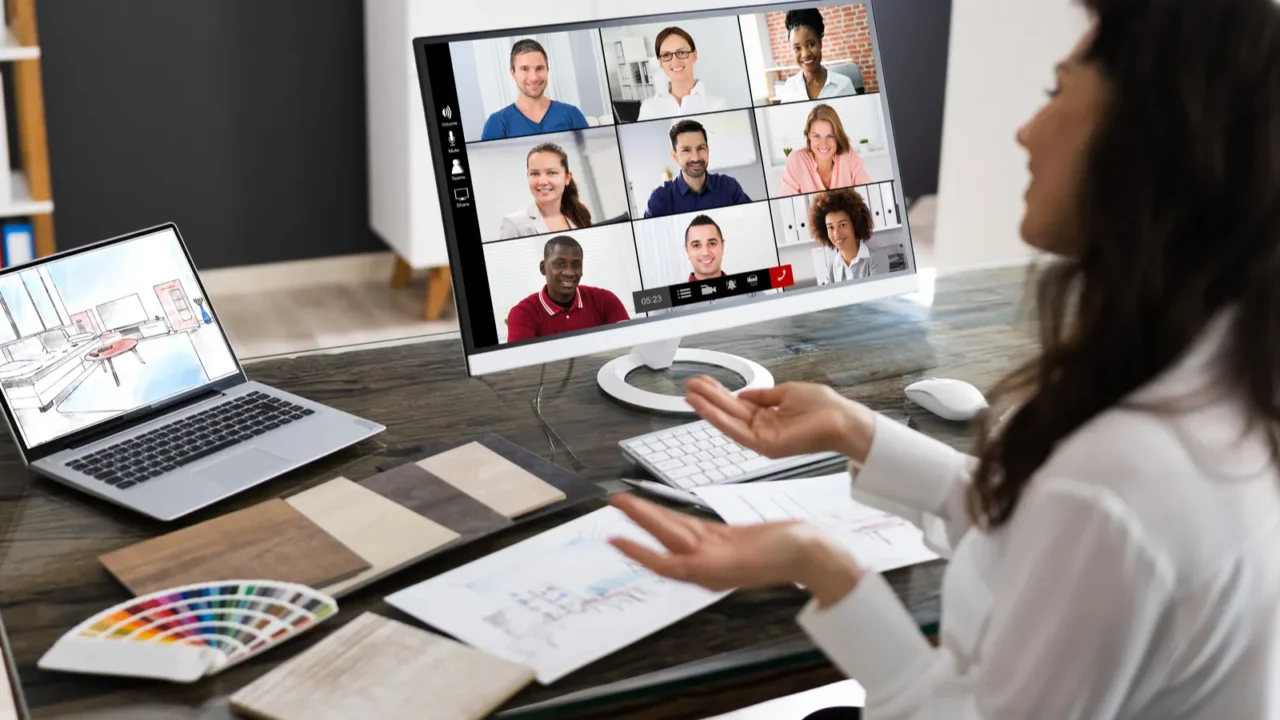
Collaborative Platforms
Gone are the days of endless email chains and missed messages. Collaborative platforms allow designers, clients, and contractors to work together in real time, sharing updates, ideas, and feedback instantly.
This streamlines the design process, reduces misunderstandings, and keeps everyone on the same page. It’s like having a digital command center for your projects, making collaboration smooth and efficient. Plus, clients appreciate the transparency and involvement.
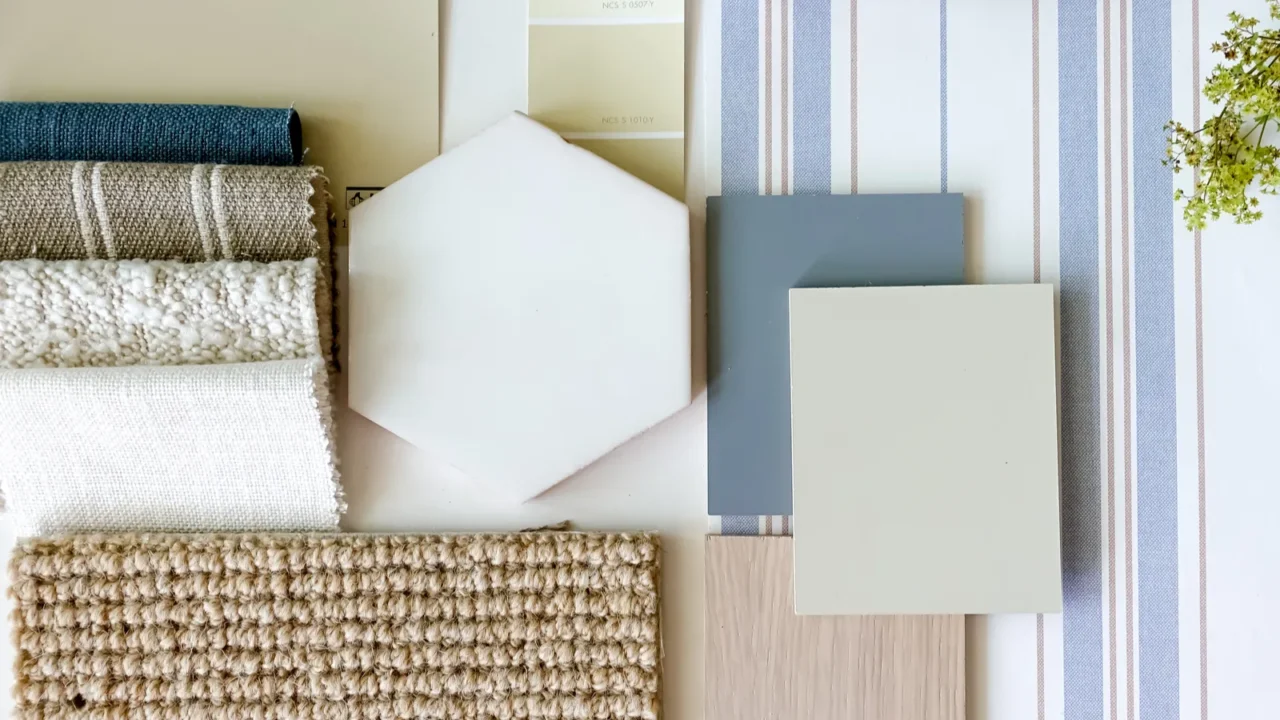
AI-Generated Mood Boards
Stuck in a creative rut? AI can help generate mood boards based on client preferences, current trends, or even abstract concepts. These AI-generated boards can spark inspiration and provide a fresh perspective on design possibilities.
It’s like having an endless well of ideas at your fingertips, helping you break out of creative blocks and explore new directions. Plus, it speeds up the initial design phase, allowing you to focus more on execution and refinement.
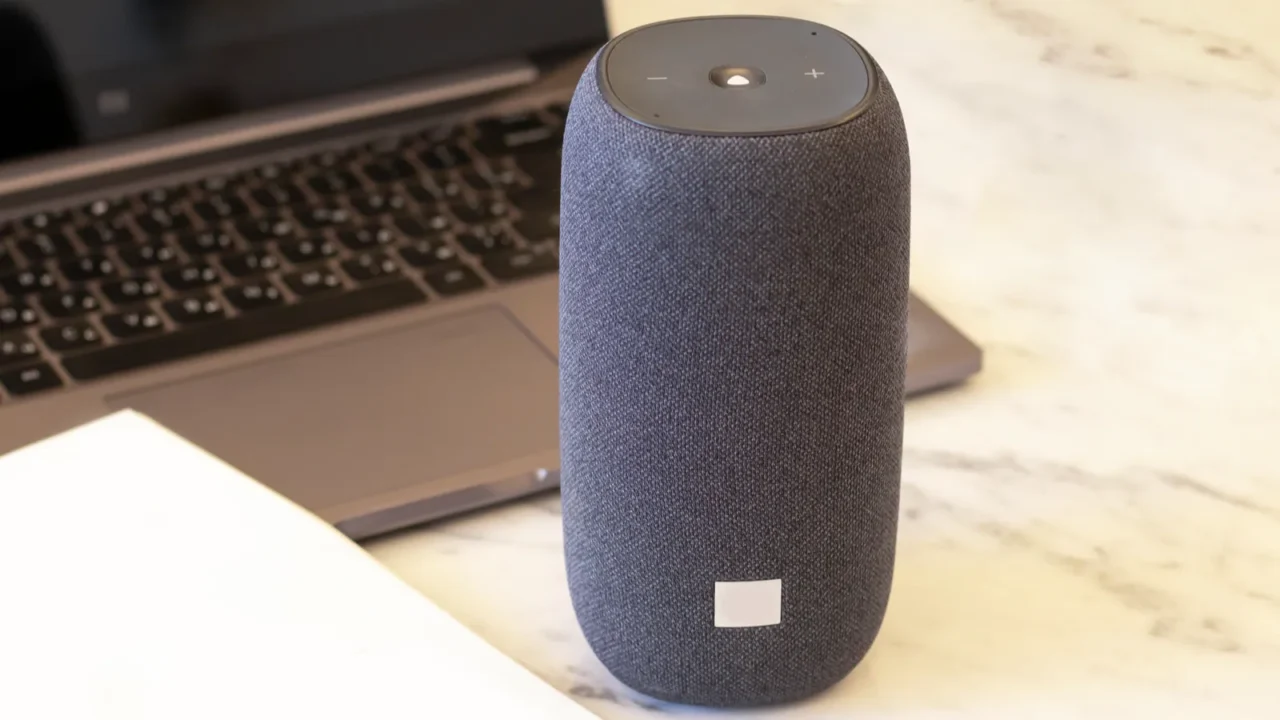
Voice-Controlled Design Features
“Hey Alexa, dim the lights and show me the marble backsplash.” Voice control has gone from playing music to managing interior functions. Designers are integrating voice-activated features into lighting, shades, thermostats, and even smart furniture.
For tech-savvy clients or anyone who appreciates hands-free living, this is a design bonus they didn’t know they needed. It brings accessibility and futuristic convenience into everyday life. The pro-tip is to pair this with custom routines for a serious wow factor.
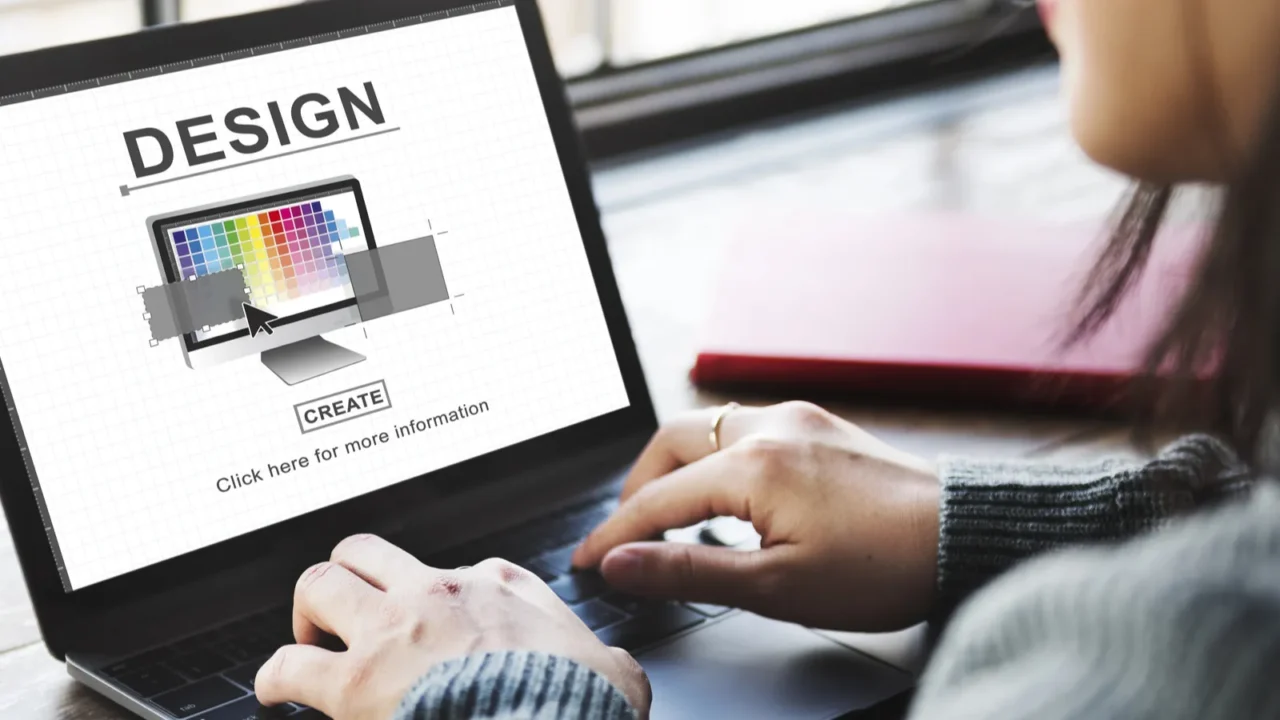
E-Design Platforms
Want to take on clients across the country (or the globe)? E-design platforms make that happen. From Zoom consultations to shared style boards and virtual walkthroughs, these tools bring your design services online without losing the personal touch.
They’re perfect for side projects, budget-conscious clients, or expanding your brand reach. And with more people comfy doing everything online, e-design is becoming less “Plan B” and more like a solid business model. Your office is now wherever your laptop is.
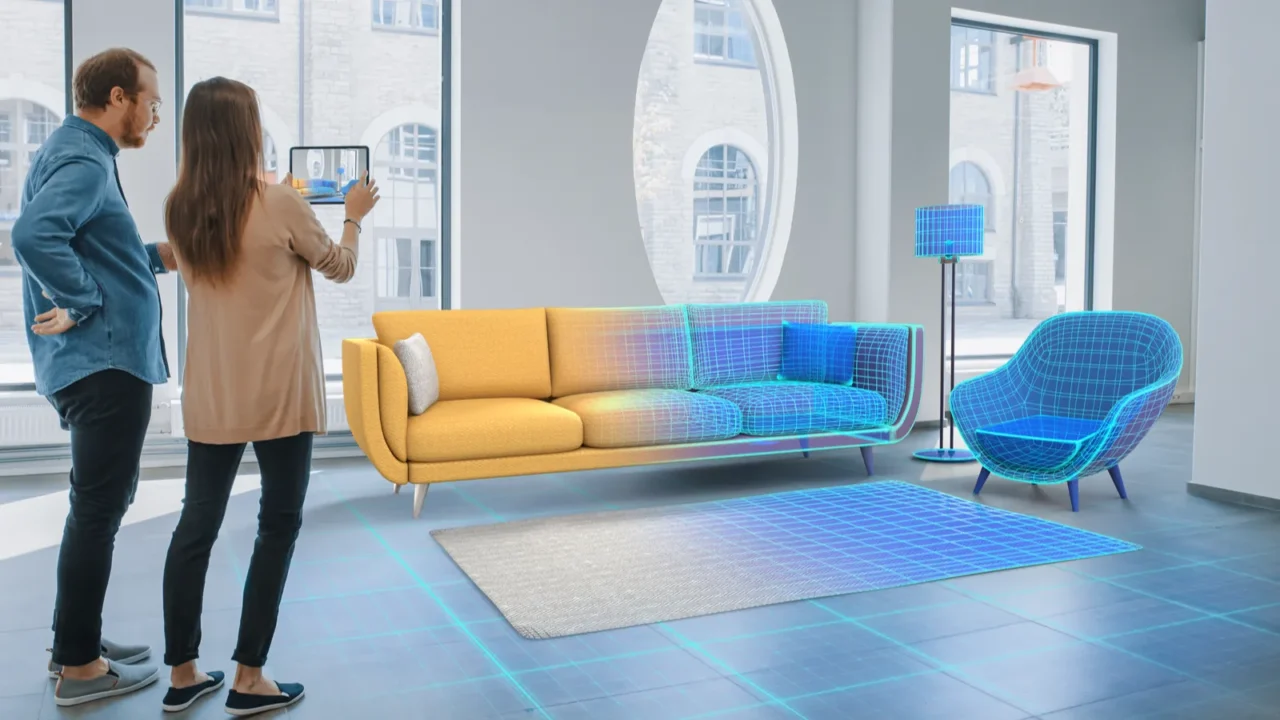
Projection Mapping for Interiors
Projection mapping isn’t just for concerts or art exhibits anymore. Designers are now using this tech to cast interactive visuals onto walls, ceilings, or furniture. Want a moving forest on your living room wall or a ceiling that mimics the night sky? Done.
It’s a game-changer for immersive environments and perfect for bold clients or retail spaces. It also makes temporary or seasonal design elements easy to switch out without repainting or redecorating. Talk about visual impact with zero permanence.
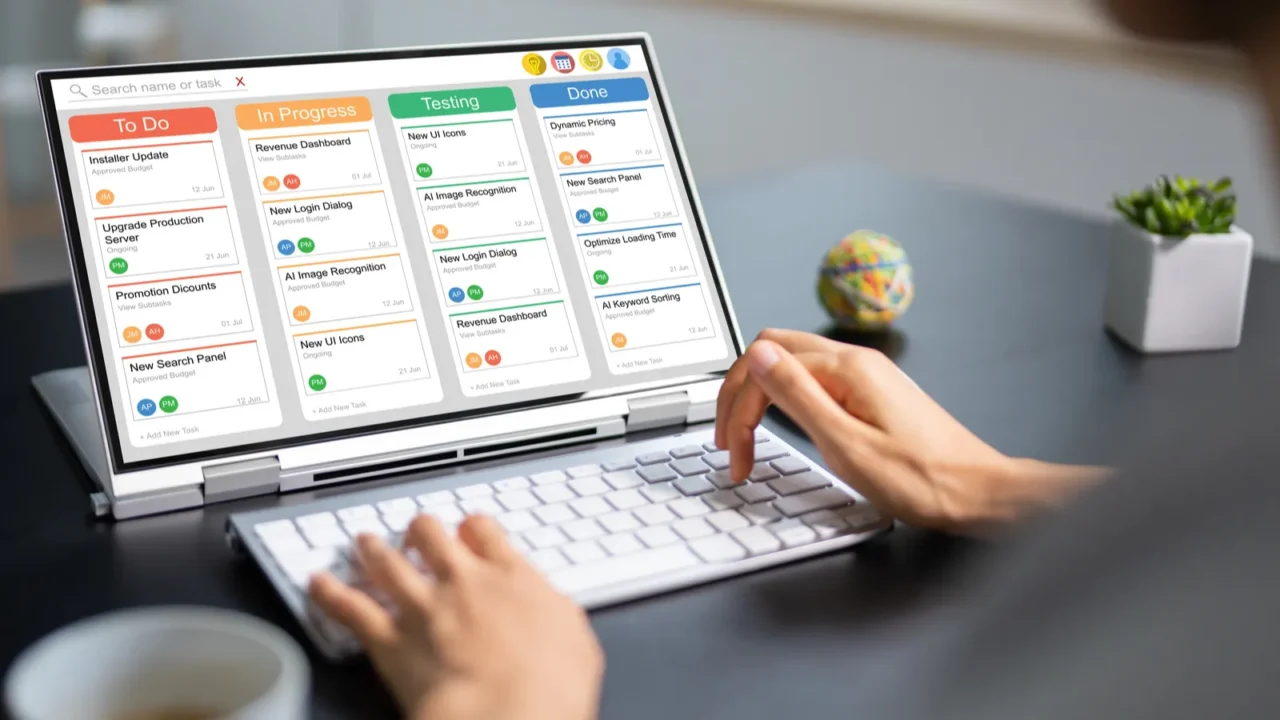
Automated Project Management Tools
Between juggling clients, sourcing materials, and managing timelines, interior design can feel like a never-ending juggling act. Enter tools like Ivy, Houzz Pro, and Monday.com, your virtual project managers. They help track budgets, invoices, tasks, and vendor communications all in one place.
Designers using these tools say they’re spending less time on admin and more time doing what they love i.e. designing. It keeps everyone in the loop, reduces errors, and makes you look hyper-organized (even if you’re still working in sweats at 2 a.m.).
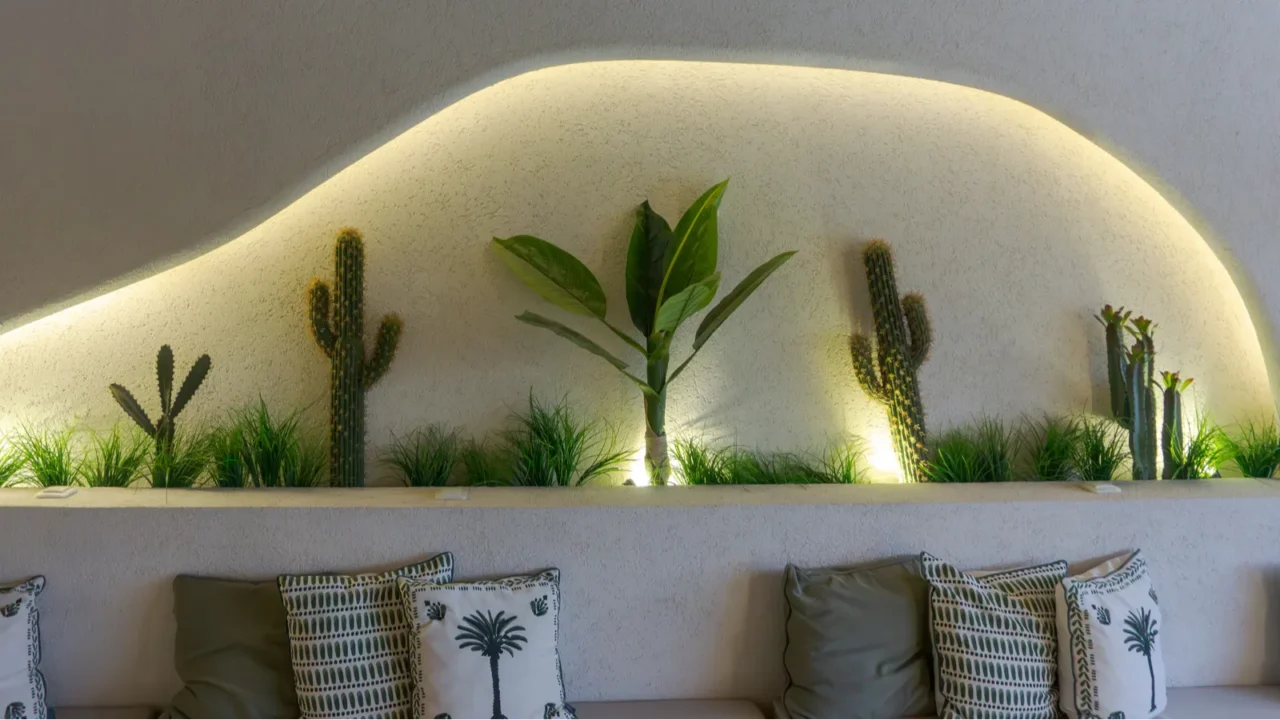
Biophilic Design Meets Smart Tech
Biophilic design (bringing the outdoors in) has a tech-savvy side. From self-watering planters to app-controlled skylights and light systems that mimic natural cycles, tech is helping nature thrive indoors.
It’s perfect for clients who want greenery without the maintenance stress. As a designer, this tech allows you to incorporate living elements into your work in sustainable, low-effort ways. Plants stay healthy, light feels natural, and clients get that earthy vibe with zero dead leaves.
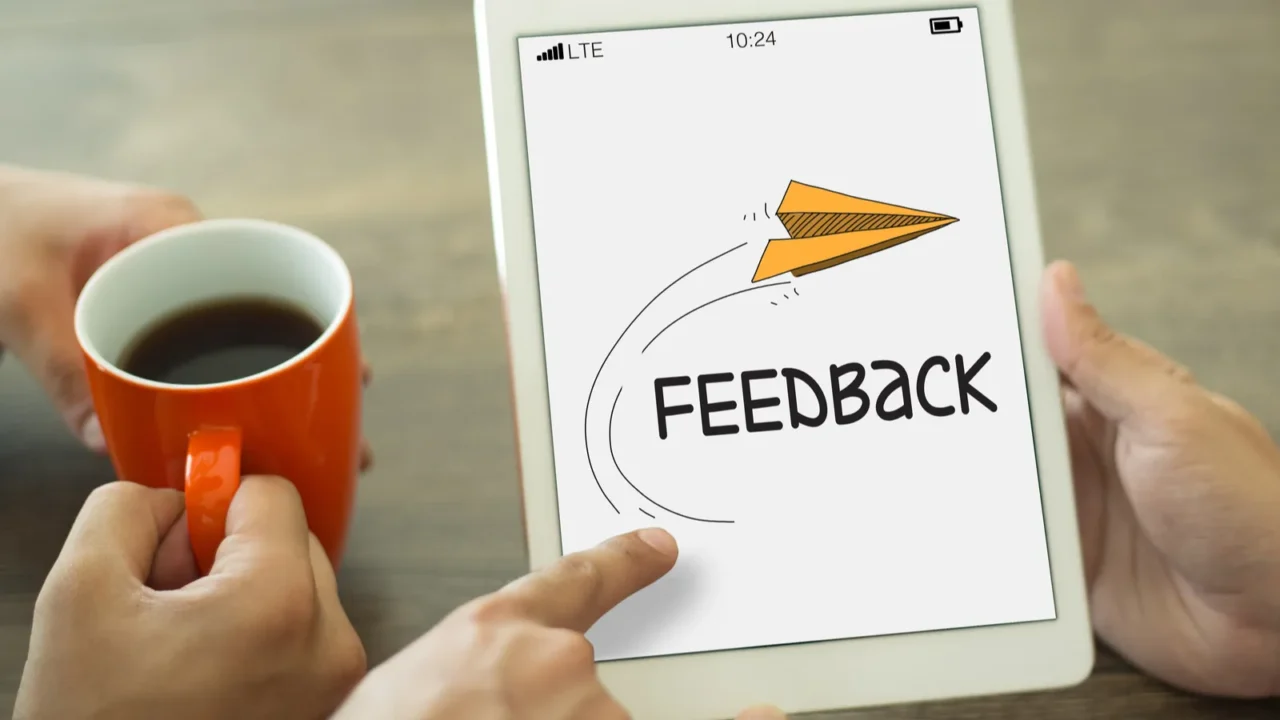
Real-Time Feedback
Gone are the days of waiting on endless email threads to finalize a design board. Platforms like Miro and Morpholio let designers and clients collaborate in real time by pinning textures, swatches, furniture ideas, and even product links on one interactive board.
It’s fast, visual, and saves you from the back-and-forth. Clients love being part of the process, and you get instant clarity on what’s working and what’s not. It feels like a Pinterest board that talks back and that’s a major win. Curious about what’s next for smart living? Don’t miss the most exciting smart home tech from CES 2025, it’s seriously next level.
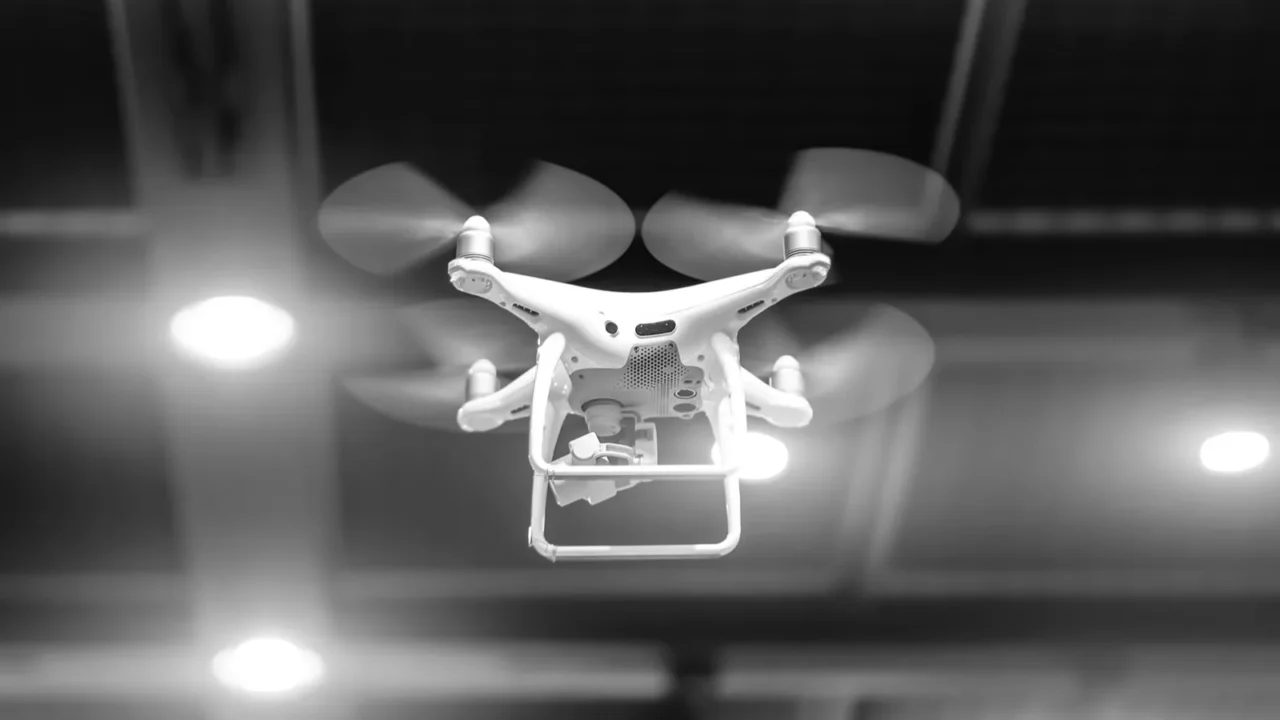
Drone Scouting for Site Planning
Need an aerial view of a property for better space planning? Drones are your new best friend. Interior designers working on large home remodel or outdoor indoor layouts can now scout spaces from above to better plan traffic flow, lighting, and exterior integration.
It’s especially useful for renovations or hard-to-measure spaces. Instead of old blueprints or guesswork, you get high-res footage and bird’s-eye insights that help your design make sense from every angle. Think your yard’s in the clear? Don’t miss these mistakes in landscaping that ruin curb appeal, some might surprise you.
Which of these tech infusions did you find the coolest? Please do let us know in the comments!
Read More From This Brand:
- Create A Zen Inspired Tech Detox Room
- Upgrade Your Kitchen with Smart Tech in 2025
- How to Create a Tech-Infused Minimalist Cave
Don’t forget to follow us for more exclusive content right here on MSN.